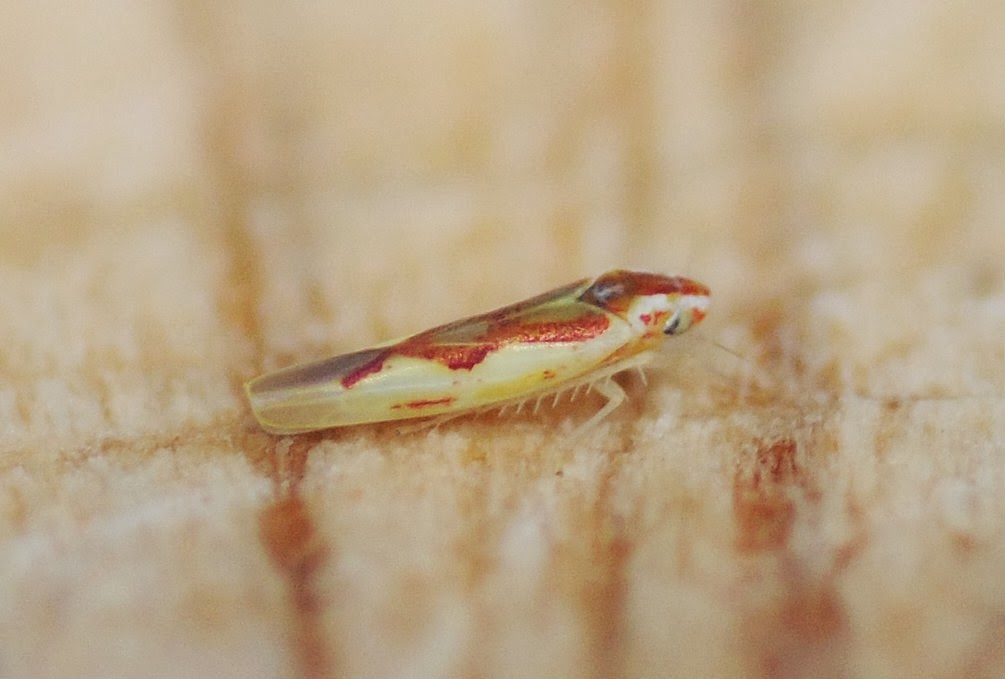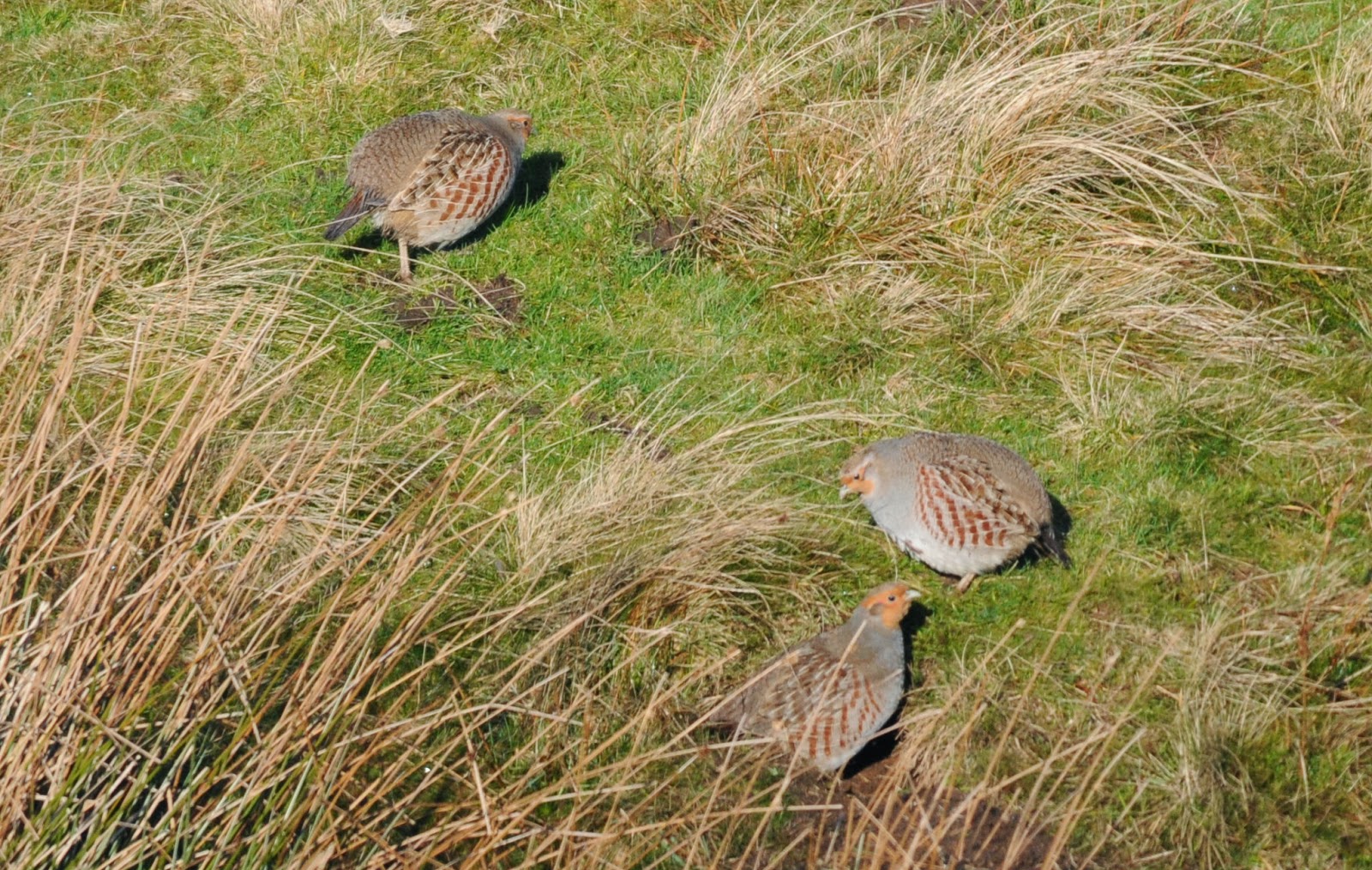It was refreshing to hear a more varied mix of birdsong in the farmland, with both Linnet and Chaffinch blasting out full song, and a half-hearted Greenfinch giving it a go too.
At the nearby Grimley Old Workings, the River Severn has receded to leave an attractive looking half-mile stretch of water-logged, muddy field. It didn't take long to locate a group of 5 Green Sandpiper feeding on the mud, and a low-flying Buzzard flushed out 4 Common Snipe from the stubble, followed five minutes later by another 15 birds. Lapwings were present in healthy numbers, and I'd be damned if the nearby 300+ strong Gull flock didn't contain an interesting bird or two- for someone with a scope.
A sudden distinctive piercing wader call had me looking to the sky just in time to watch a pair of passage Oystercatcher drop onto the nearby Island Pool, where the two loud-mouthed birds shouted at each other for a while, before falling asleep on the bank.
A decent session on the patch was made even better when at least five Brambling appeared amongst a large flock of Goldfinch, feeding along a footpath south-west of Grimley Camp House Inn just before sunset. This rather stunning male was amongst the group...

















































